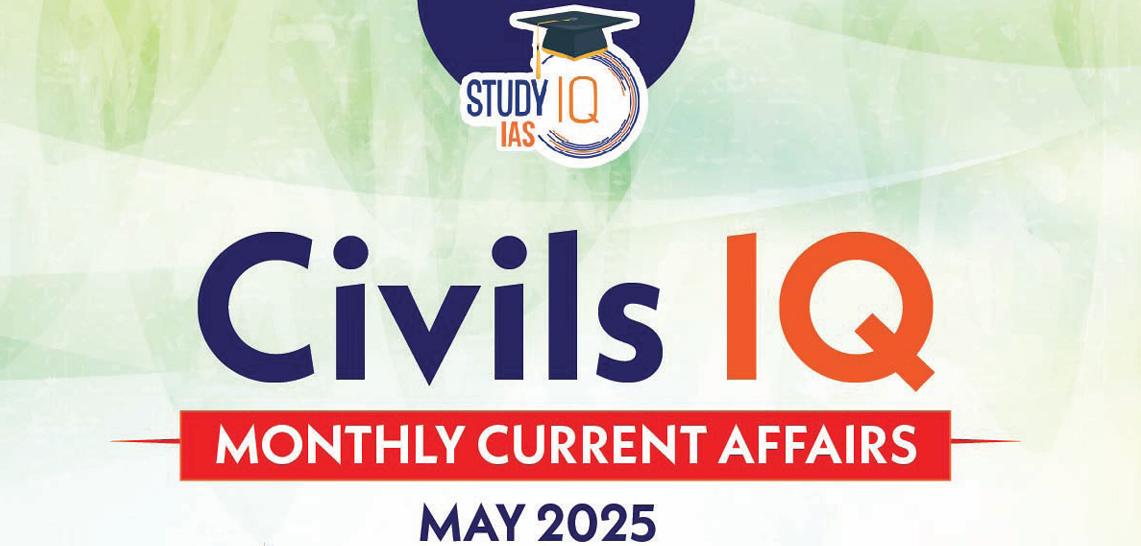Table of Contents
Hornbill Festival has completed 25 years of celebration. Held annually in Kohima, Nagaland, this vibrant festival brings together all 17 indigenous tribes of the state, showcasing their rich cultural heritage, rituals, music, dance, and customs. This article delves into the significance of the Hornbill Festival, its history, and its relevance in understanding Indian culture, tribal welfare, and regional development.
Hornbill Festival
- It is a 10 day annual tourism promotional event organised by the Nagaland State Govt. to showcase its rich and traditional cultural heritage in all its ethnicity, diversity and grandeur.
- It is named after the Hornbill bird given its association with the socio-cultural life of the Nagas through folklore, dances, songs and usage of the bird’s feather as motifs on ceremonial attires and men’s headgear.
- It was started in 2000.
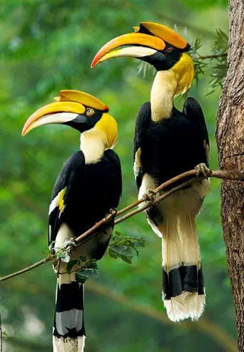
The Hornbill Festival is famously known as the “Festival of Festivals” and is celebrated annually from December 1 to December 10. The event, organized by the Government of Nagaland and the Department of Art & Culture, has evolved into a major tourism attraction that helps promote the Naga culture globally. The festival is named after the Hornbill bird, which holds immense significance in Naga folklore and represents strength, beauty, and cultural importance.
Key Features
- Location: Kisama Heritage Village, Kohima, Nagaland
- Duration: 10 days (usually from December 1 to December 10)
- Participants: All 17 tribes of Nagaland
- Organizers: Government of Nagaland, Department of Art & Culture
History and Evolution of Hornbill Festival
The Hornbill Festival was first organized in 2000 by the Government of Nagaland to preserve and promote the rich cultural heritage of the indigenous tribes. Over the years, the festival has grown in significance, with a marked increase in the number of tourists, cultural performances, and media coverage. Initially, the festival aimed to bring the various Naga tribes together on a common platform to foster unity, peace, and cultural exchange.
Understanding the evolution of the Hornbill Festival is crucial, especially in the context of the National Cultural Heritage and Tribal Development. The festival reflects how regional events contribute to the preservation of intangible cultural heritage and play a role in the empowerment of indigenous communities.
Tribal Representation and Cultural Diversity
One of the most striking aspects of the Hornbill Festival is its celebration of the diverse cultural practices of Nagaland’s indigenous tribes. The 17 tribes that participate include:
- Ao: Known for their traditional dance performances and tiger hunting practices.
- Angami: Famous for their unique festivals and warrior dances.
- Sumi, Zeliang, Konyak, and other tribes contribute through folk songs, dances, and rituals that provide insight into their customs.
This diversity is essential for understanding tribal culture, folklore, cultural preservation, and inter-tribal relations, making it a valuable case study for those interested in regional development and cultural studies.
Celebration of the Hornbill Bird
The festival is named after the Hornbill, a bird revered in Naga culture for its symbolic connection to strength, power, and spirituality. The Great Hornbill, found in the forests of the northeastern region, is considered sacred by many tribes. The bird is often depicted in the art, music, and rituals of the Naga tribes.
| About Hornbill |
|
Key Events and Cultural Performances
The Hornbill Festival is a showcase of the diverse cultural traditions of Nagaland’s indigenous tribes. Highlights include:
- Dance Performances: Traditional dances like the Warrior Dance, Harvest Dance, and Fire Dance.
- Music: Folk songs and performances using indigenous instruments.
- Crafts and Cuisine: The festival also serves as a platform for showcasing traditional arts, crafts, and Naga cuisine, such as smoked meat and fermented foods.
- Sporting Events: Indigenous games and contests, including stone lifting and log-drum pulling.
Understanding the role of cultural festivals in promoting regional identity and tourism is essential as it ties into inclusive growth, tribal welfare, and heritage management.
Impact on Tourism and Regional Development
Over the years, the Hornbill Festival has significantly boosted tourism in Nagaland. The festival attracts both national and international tourists, which has led to a growth in local economies, particularly in hospitality, crafts, and local tourism-related industries. It also plays a vital role in the promotion of peace and inter-tribal unity.
The economic impact of the Hornbill Festival on local communities, tribal economy, and sustainable tourism is important, as it highlights the intersection of culture and economic development.
Hornbill Festival and Tribal Welfare
The Hornbill Festival is an important avenue for the empowerment of tribal communities. By bringing attention to indigenous cultures, the festival helps in preserving tribal identities and also raises awareness about the challenges faced by indigenous groups, including economic underdevelopment, lack of educational resources, and loss of cultural heritage.
This aspect ties into the Tribal Sub-Plan and tribal welfare schemes in India, which are essential areas for understanding social justice and governance. The festival also highlights the government’s efforts in promoting inclusive growth for tribal populations.
Hornbill Festival UPSC
The Hornbill Festival stands as a model for cultural preservation, inter-tribal unity, and regional development. It is an invaluable case study that ties together themes from Indian culture, tribal welfare, sustainable tourism, and inclusive governance. As India continues to promote its diverse cultural heritage, events like the Hornbill Festival become crucial in bridging the gap between tradition and modernity, offering a platform for indigenous communities to thrive and share their stories with the world.

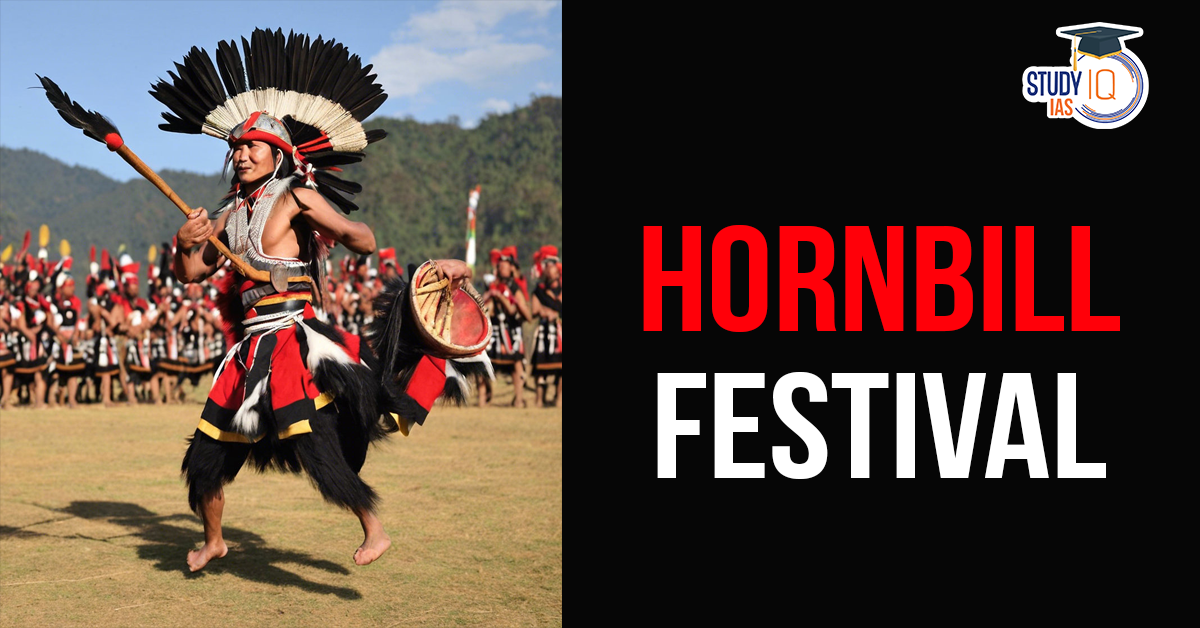
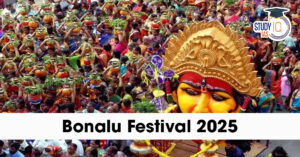 Bonalu Festival 2025: Date, History, Rit...
Bonalu Festival 2025: Date, History, Rit...
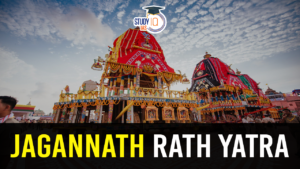 Puri Jagannath Rath Yatra 2025, History,...
Puri Jagannath Rath Yatra 2025, History,...
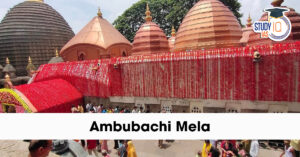 Ambubachi Mela 2025: Dates, Rituals, Sig...
Ambubachi Mela 2025: Dates, Rituals, Sig...
